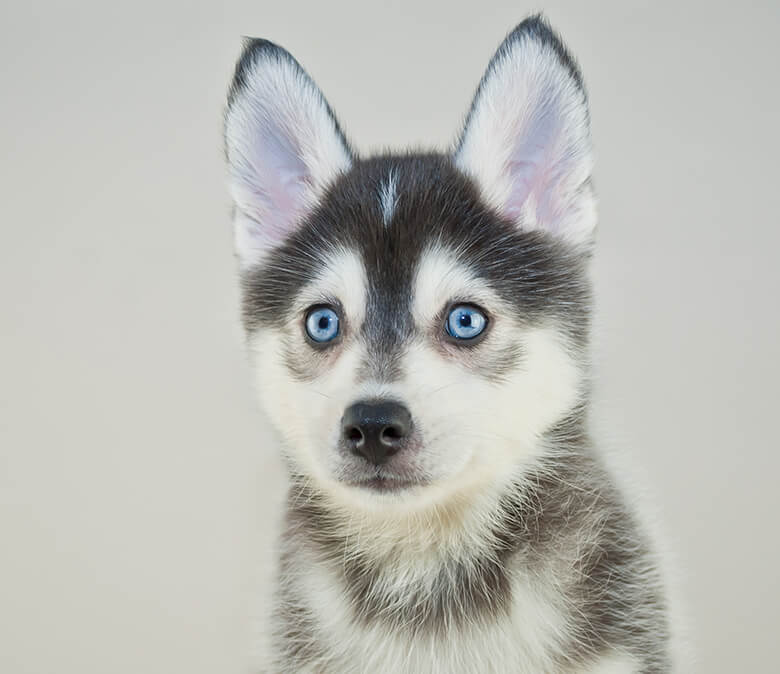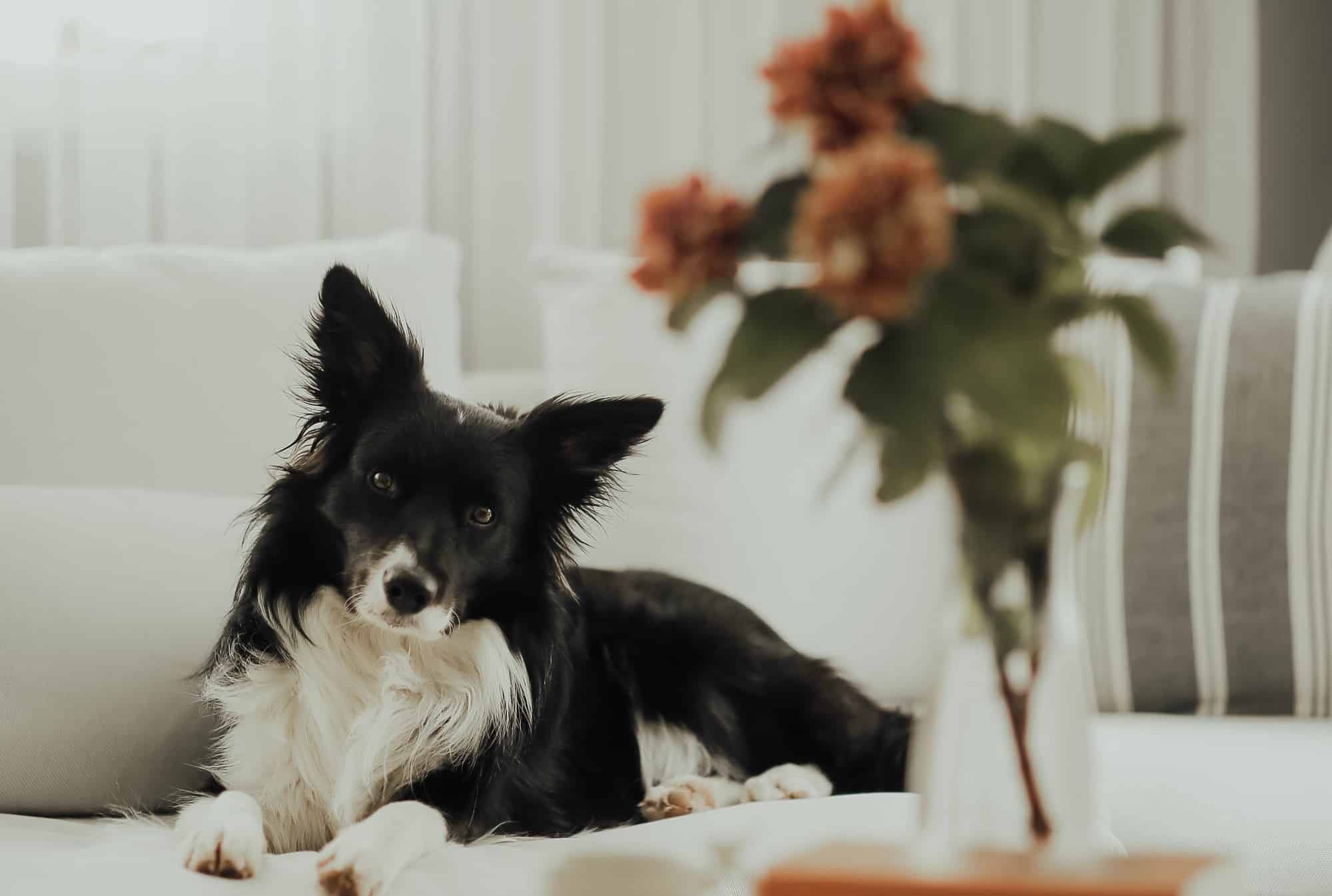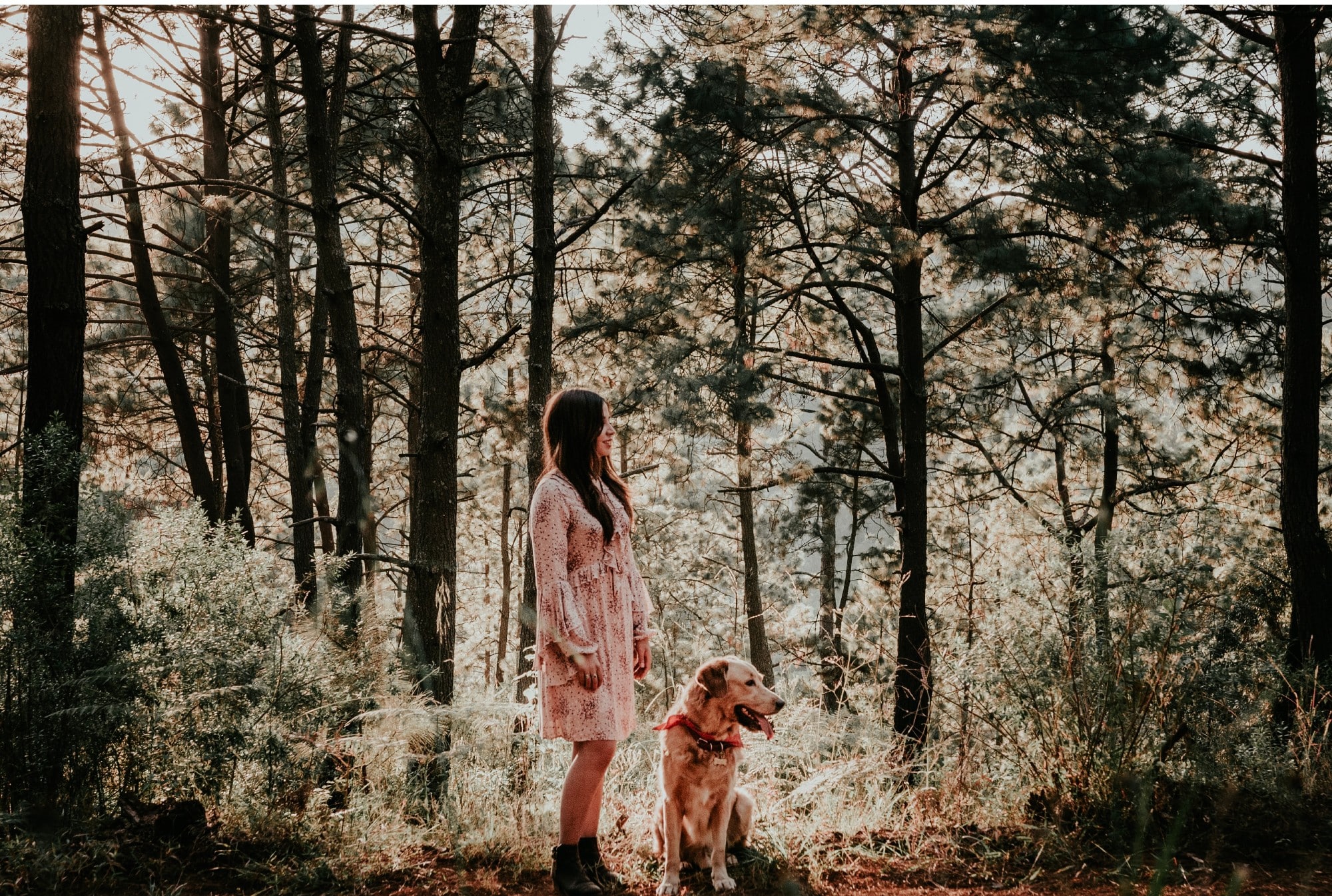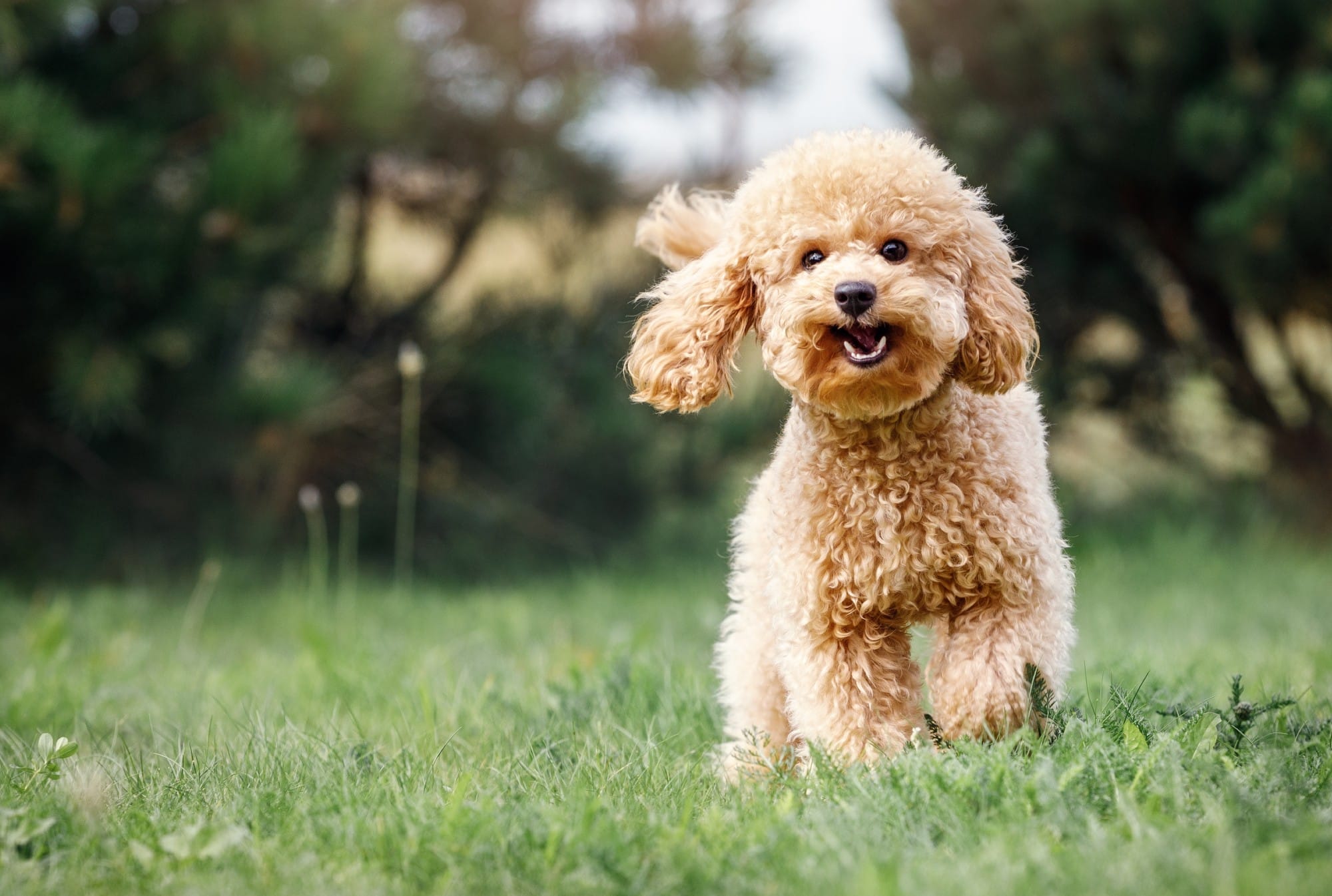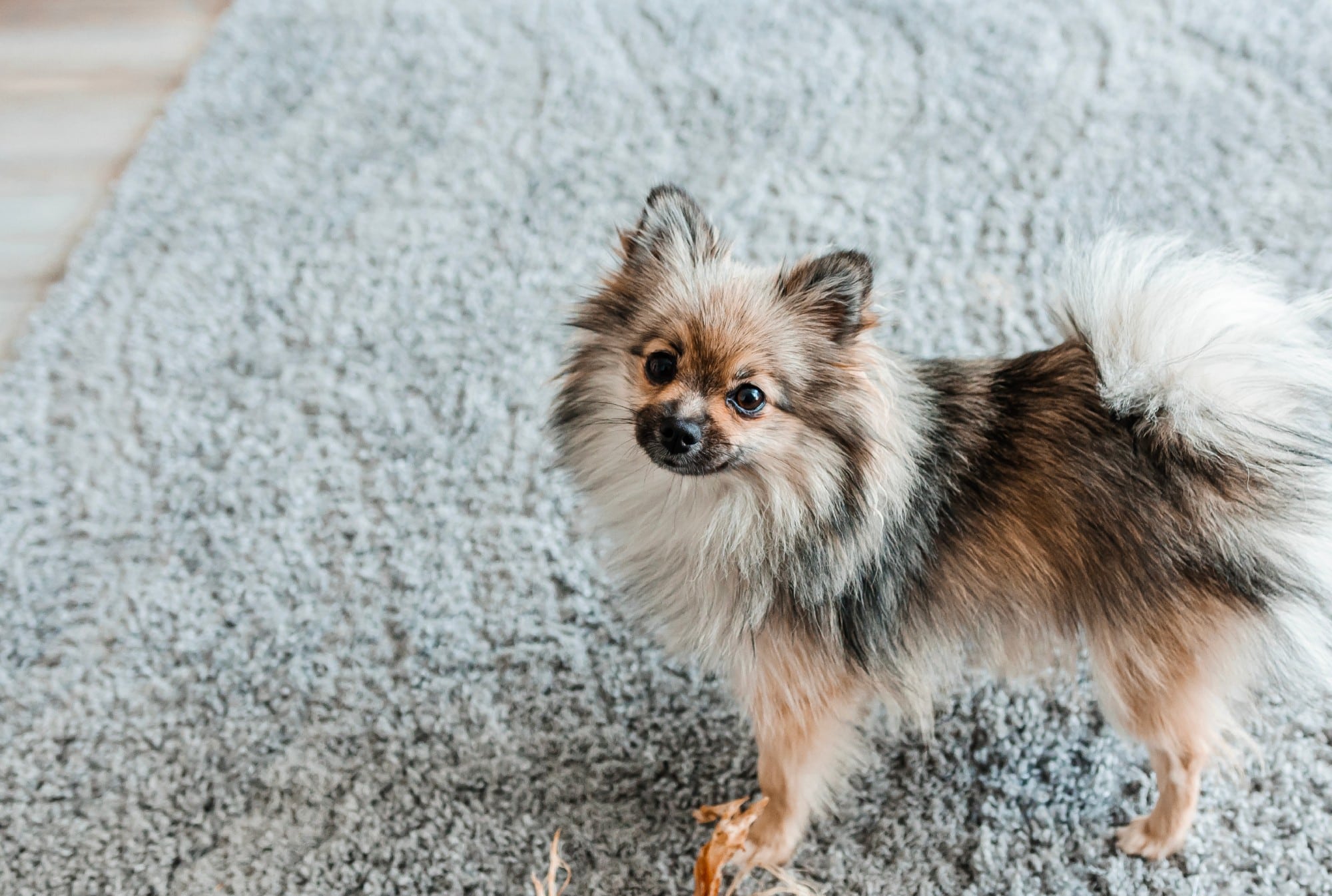There is a new designer dog breed in town competing with all the puggles, shnoodles, goldendoodles and malti-poos of the world: the adorable pomsky.
A cross between a husky and a pomeranian, these little fluff balls have been taking the internet by furry storm. (Have you discovered Mya the Pomsky on Instagram?). People have fallen in love with their adorableness (a living teddy bear!), sturdiness, adaptiveness and size. But before going out and getting one, there are a few things a potential pomsky parent should know.
1. Breaking down the Pomsky crossbreed
The pomsky is a cross between a Siberian husky and a pomeranian. They are often bred using artificial insemination with a husky mother and pomeranian dad. This avoids the health problems of a small dog giving birth to huge puppies.
Related: Game of Thrones Actor Pleads With People to Not Get This Kind of Dog
According to the International Pomsky Association (IPA), pomskies were created as “a small companion breed with the looks and temperament of a husky in a toned down, easier to live with package.” While the Alaskan klee kai is a similar mix, the breeders used Siberian huskies (not Alaskan huskies as in the klee) because of their “greater genetic diversity, generally good temperament, outgoing nature and general good health.”
The IPA told This Dog’s Life that pomeranians, the smallest breed in the greater spitz family, were a natural choice to miniaturize the husky.
2. What the Pomsky looks like
Remember, these dogs are what used to be called “mutts,” so you can’t yet expect any real conformity in appearance. Usually, the dogs tend to look like little huskies, but some have pomeranian faces with the long nose, too. Their adult size also varies, from around 10 to 15 inches high and 17 to 30 pounds. If you’re looking for a tiny dog, don’t buy a pomsky puppy and expect the dog to remain puppy-sized.
In terms of colors, the markings run the gamut. Pomskies can be red, gray, brown, cream, black and everything in between. The coat is double-layered with medium-lengthed hair.
3. How the Pomsky acts
These dogs tend to be playful and active. (If you’re a couch potato, consider the “turtle breed” of the dog world, the lhasa apso.) The pomsky needs exercise, intellectual stimulation and play. So, if you’re out of the house 10 hours a day, you’re going to end up with a sad, bored, destructive dog — unless you have a dog walker who can come several times a day to play with your pomsky.
“The ideal pomsky temperament is outgoing and energetic, with a great sense of humor and an energy level that is adaptable to many households,” the IPA tells This Dog’s Life. “They should be up for adventures, but able to settle down in the house when provided with reasonable amounts of exercise — brisk walks and play, rather than the marathons that some huskies prefer.”
Some pomsky owners report that a restless pomsky will resort to chewing — your sofa, your shoes, you get the picture. They are also diggers, so if you have a garden, you may find your bulbs don’t make it to blooming.
“They are a less intense dog than a husky and generally a bit more rough-and-tumble than a pomeranian,” says the IPA. Neither huskies or pomeranians are quiet breeds: huskies are talkers and pomeranians are barkers. If a pomsky gets bored, you can expect to hear about it.
Related: First Dog Breeders Ever Revealed
They also have a mind of their own, and can be a bit stubborn and independent. So establishing a pack order is imperative.
4. How to care for your Pomsky
Pomskies shed. A lot. Though there are a few months when their shedding is heavy, they shed all year round. They require constant brushing, at least 3 to 5 days a week. This will reduce shedding, but you’ll still need to invest in a good vacuum cleaner (unless you don’t mind living in a fur cloud). You may also want to consider taking your pomsky to a professional groomer.
Other than brushing, a pomsky needs a bath around once a month (or sooner if she gets into something dirty). You’ll also need to clean her ears about twice a month and brush her teeth about once a week.
Because both pomeranians and huskies are strong willed, be prepared to train your puppy. Also, understand the pomsky may not like taking orders from anyone, so be prepared to be patient, yet assertive. Learn what to do to housetrain your dog before you bring him home. Consider hiring a dog trainer if you don’t feel confident.
5. The health of the Pomsky
Because a Pomsky is a newer crossbreed, there isn’t a lot known about potential health issues, but a potential owner can look at common issues with both the pomerianian and the husky.
Pomerians tend to suffer from cataracts, skin problems and knee issues. Huskies can have eye problems and hip issues.
Pomskies are on the smaller size, so expect them to live 12 to 15 years.
6. The Pomsky controversy
It’s hard to imagine that such adorable fur balls could launch a media controversy, but that’s just what has happened. The problem for some is the same issues that arise with other designer breeds: The pomsky is basically a very expensive mutt. When people go to a breeder (or worse, a pet store), an “un-designed” mutt is left to languish at a shelter. You should expect to spent at least $1,000 on the dog.
Another issue is that to breed a pomsky, artificial insemination is almost always required. The concern is that inexperienced (backyard) breeders may avoid this costly step, putting the dog’s health at risk. There’s also the ethical considerations of breeding a dog that can’t get pregnant naturally.
The other issue is the fact that breeding these designer versions could support puppy mills that are not concerned with the health or temperament of the dogs they produce. So, educating yourself about the breeder is key. If you are looking to adopt a dog with a similar appearance to a pomsky, there are a number of breeds and mixes that can be found on sites like Petfinder. Look for dogs that are all or part Finnish lapphund, pomeranian, keeshund, German spitz or Alaskan klee kais.
Related: The ‘Horrible Hundred’ Report Released to Shine Light on Worst Puppy Mills
The “fad” aspect is also a concern. What happens when the pomsky goes the way of bell bottoms? That’s how many dogs get dumped in shelters. People must realize that when they adopt or buy a dog, it’s a commitment for the life of that animal. They aren’t disposable.
7. Will the pomsky become an actual breed?
It is hard to say. There are many different clubs, with each one having its own set of requirements. For instance, the American Kennel Club requires that there is an interest in the breed from the public, has an established pedigree, there is geographic distribution of the breed and breed standards are approved. Even if those requirements are met, the club could choose not to accept a breed.
Right now, the majority of pomskies are first- and second-generation crossbeeds, with a few breeders on their third and fourth generations of pomskies, according to the IPA.
8. Where to get a Pomsky
If your determined to bring a pomsky into your life, put some time into finding a good breeder. Don’t go to a pet store. Virtually all puppies in pet stores are from puppy mills, regardless of what the owners say.
So how do you find a reputable breeder?
The IPA recommends these guidelines:
1. Ask about health testing for problems common to both breeds (hips, elbows, patellas, eyes are the main ones)
2. Ask about health guarantees (what do they cover, what do they not cover, how long do they last, and what conditions do you have to meet for them to be fulfilled if something goes wrong).
3. Remember: a good breeder should have lots of questions for you too because they care about where their puppies are ending up, not just about making a sale. A good breeder wants a lifetime home for their puppy.
Also, make sure the breeder will let you visit the mom and dad at their home. If a breeder only agrees to let you see the dog and his parents off-site, that is a big red flag (don’t fall for the “I don’t want you to bring germs into my facility.”). Same goes with breeders selling their dogs over the internet. Responsible breeders only want the best for their dogs, and shipping a puppy across the country without meeting the owner is not a practice that reputable breeders engage in.
Research the breeder, see if you can speak to other people who have their puppies and be prepared to wait until a litter becomes available. It might take a while, and it will certainly be expensive, but in the long run, a good breeder may cut down on health risks and costly veterinarian expenses.
Related: We Did a DNA Test on Our Dog: What We Found Was Quite Surprising













